Washington, DC – The Trump Administration today made it easier to expand commercial logging on millions of acres of national forest land across the country. The move opens nearly all of Los Padres National Forest to widespread removal of trees, chaparral, and other native vegetation, with minimal public oversight and environmental review.
The plans were announced as part of a secretarial memo issued by Agriculture Secretary Brooke Rollins. The memo makes an “emergency situation determination” covering 112,646,000 acres of national forest land. This determination is framed as addressing a wildfire crisis but relies heavily on references to “domestic timber production” and “heavy-handed federal policies” like environmental safeguards, and tiers to President Trump’s Immediate Expansion of American Timber Production Executive Order issued last month.
“This is a thinly veiled attempt to ramp up logging on our national forests, bypass environmental laws, and line the pockets of the timber industry,” said ForestWatch executive director Jeff Kuyper. “This move—coupled with mass firings, budget cuts, and environmental rollbacks—will wreak havoc on the Los Padres and other national forests across the country.”
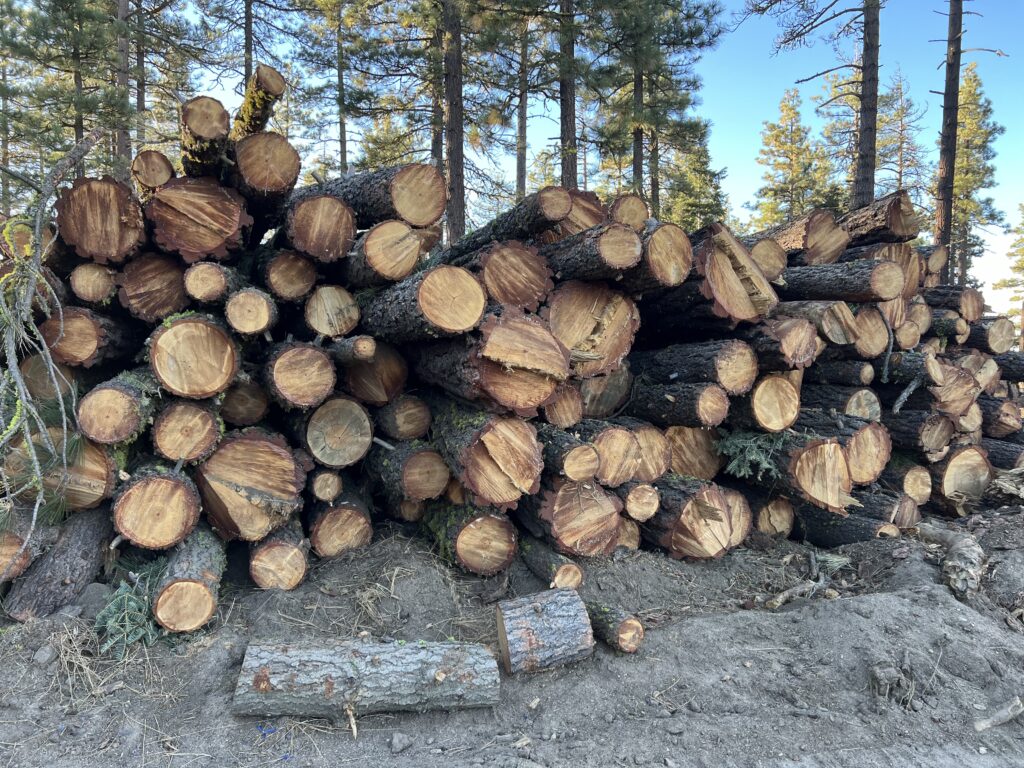
With the “emergency” determination in place, the Forest Service can approve logging and vegetation removal projects on an expedited basis, while bypassing environmental protection laws and public input. Specifically, the memo:
- Eliminates the agency’s longstanding requirement to consider and adopt less-damaging alternatives to Forest Service logging projects
- Exempts logging projects from the administrative objection process, limiting the public’s ability to raise concerns about the agency’s decision before it is finalized
- Encourages streamlined reviews for logging projects under the Endangered Species Act, the Clean Water Act, and the National Historic Preservation Act, placing wildlife, rivers, and Native American cultural sites at greater risk of harm from heavy machinery and erosion.
Local Impact
While the memo doesn’t authorize specific projects, it could limit public input and reduce environmental safeguards on several future logging and clearing projects in Los Padres National Forest, including a pending plan to remove trees and vegetation across 90,000 remote acres of the forest. It could also speed logging atop Pine Mountain, which was recently allowed to move forward after a multi-year court battle. The memo mandates “expedited contract authorities” to allow timber companies to more quickly begin work.
ForestWatch requested data for which areas of Los Padres National Forest are subject to the “emergency” determination. The Forest Service has not responded, but the agency’s map suggests that at least 80% of the Los Padres is now subject to lesser protections. In addition, according to the USDA memo, areas outside of the emergency determination can qualify for expedited logging so long as half of the project is located inside the emergency determination area, meaning that the entire forest is vulnerable.
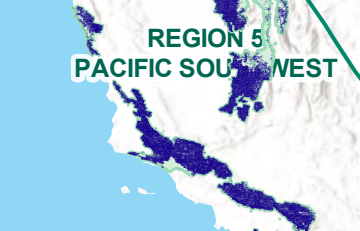
On the same day, Acting Assistant Chief Chris French – the U.S. Forest Service’s second in command—directed all regional offices to prepare plans to increase timber production by 25% over the next 4-5 years.
“We must remain vigilant to ensure that chainsaws and bulldozers are not unleashed on the rare conifer forests and unique chaparral landscapes in Los Padres National Forest,” said Kuyper. “ForestWatch will mobilize and respond to any specific logging and clearing proposals that materialize in the weeks and months ahead.”
Background: Logging Does Not Reduce Wildfire Risk
Despite claims that logging will reduce wildfire risk, decades of scientific research and recent wildfire disasters consistently show that commercial logging does not prevent the most destructive fires—those driven by extreme winds and climate conditions. The kinds of wildfires that threaten communities are not fueled by dense forests, but by extreme winds that can hurl embers miles ahead of a fire front, igniting homes and structures regardless of nearby vegetation.
Firefighting experts agree that protecting communities starts at the home—not in the backcountry. Investments in retrofitting homes, creating defensible space and maintaining “Zone Zero” (the area within five feet of a structure), and improving emergency response systems are far more effective than remote logging projects that do little to alter fire behavior when it matters the most—during extreme wind events. By using “emergency” declarations to fast-track commercial logging under the false promise of fire protection, the Trump Administration is putting special interests ahead of science and leaving local communities more vulnerable at a critical time when climate change is worsening fire risk across the country.
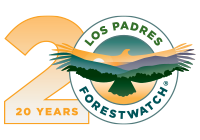
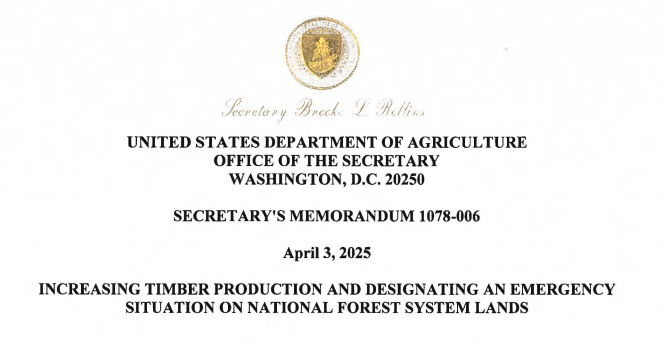





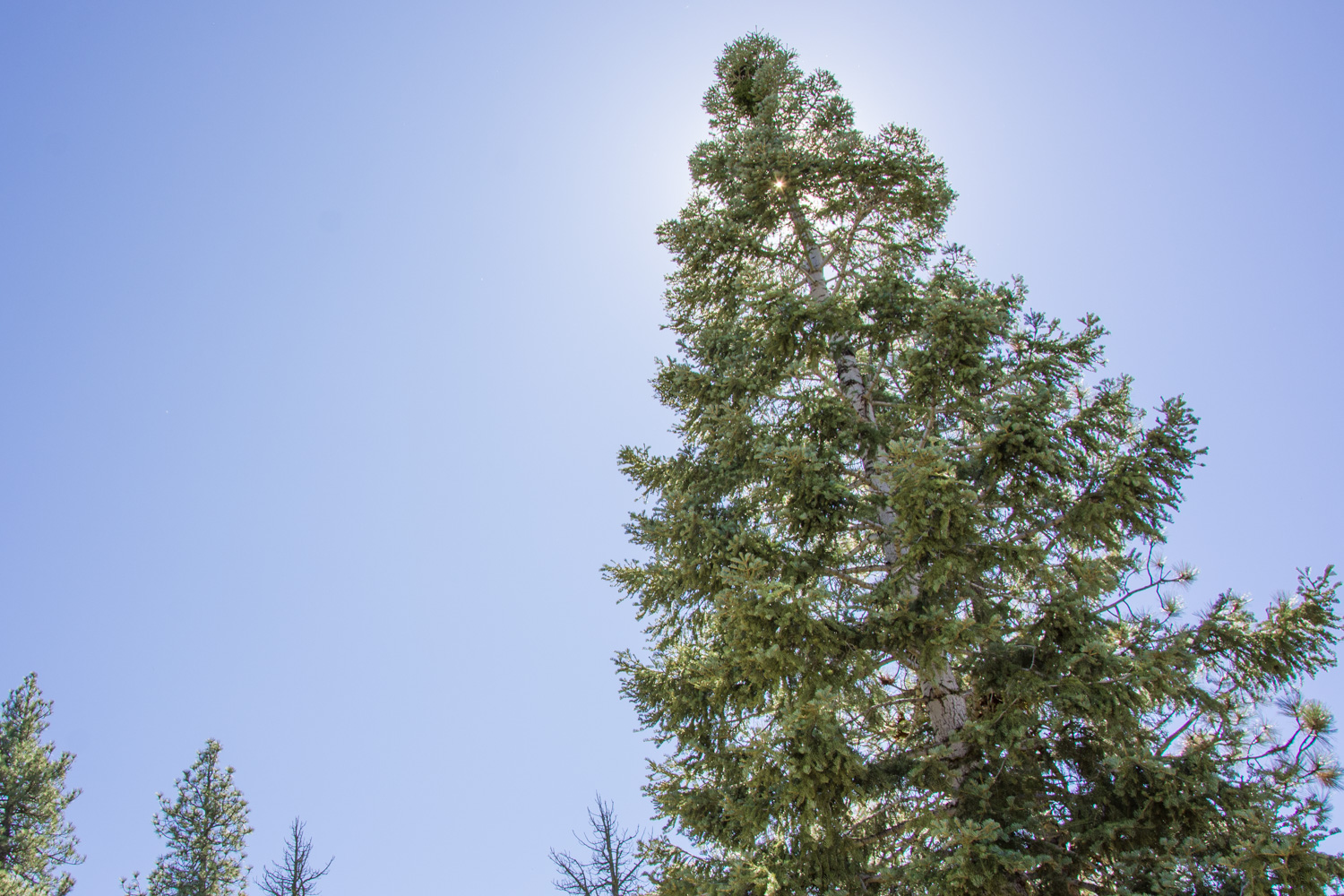
Comments are closed.